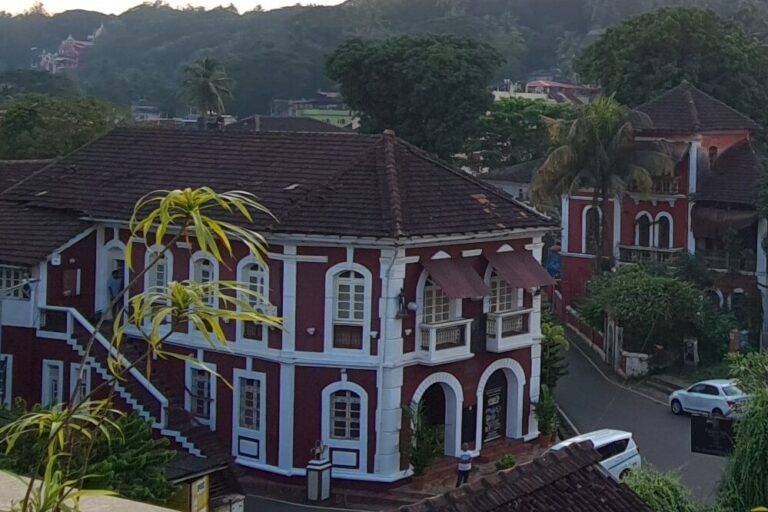By Neena Bhandari
 Sydney, 10.11.2007 (IANS): Millions of tonnes of waste plastic will be recycled into steel. The breakthrough Australian “green” steel technology which cuts coke and coal demand and reduces emissions has been invented by University of New South Wales materials scientist Professor Veena Sahajwalla.
Sydney, 10.11.2007 (IANS): Millions of tonnes of waste plastic will be recycled into steel. The breakthrough Australian “green” steel technology which cuts coke and coal demand and reduces emissions has been invented by University of New South Wales materials scientist Professor Veena Sahajwalla.
Sahajwalla, an alumni of Indian Institute of Technology Kanpur, told IANS “Plastic is simply another form of carbon. In making steel there’s essentially no difference between the polyethylene plastic in shopping bags and a natural resource like coal.”
Polyethylene plastic contains carbon, an essential raw material in electric arc furnace (EAF) steelmaking, which recycles steel from scrap metal and accounts for 40 per cent of the world’s steel production. Annual steel production is around 1.1 billion tonnes globally.
The technology currently substitutes about 30 per cent of coke and coal in EAF steelmaking with polyethylene waste plastic, which would otherwise have ended up in landfill.
Commercial production of this world first “green” steel is underway at the Sydney furnaces of OneSteel, following a global licensing agreement between the Australian steelmaker and UNSW’s commercialisation arm, NewSouth Innovations (Nsi).
OneSteel’s Commercial Manager Rod & Bar, Adrian Howard, told IANS “Patents for this technology have been filed in major steel-making countries including India, China and the US.”
Howard said, “Trials to date have proven the technology will deliver benefits such as reduced energy consumption and reduced material requirements while increasing steel-making capacity.”
In EAF steelmaking, scrap is melted at around 16000 C and converted into high quality steel using high-power arcs. As the scrap melts, a layer of gaseous “slag foam” forms on top of molten steel.
The new process speeds this “slag-foaming” process, reducing “power-on” time and total power use. Total savings include lower power bills and a commensurate drop in green house gas emissions from coal-fired power stations, net savings on coke and coal usage and a longer electrode life span.
“The new business deal is gratifying because what would otherwise become waste is recycled to become a raw material for EAF steel-making,” adds Sahajwalla.
Equally significant is the reduction in the power required to run the furnaces using the new waste plastic injection technology. The process promises significant environmental benefits in one of the world’s most essential, but energy and resource intensive industries.
Sahajwalla says, “Getting industry to take up “good science” is a key driver. I am passionate about creating concepts and solutions which might sound radical, but could provide a foundation for developing novel pathways into the future.”
Both industry and the environment will be big winners if the world’s 300 EAF steelmakers embrace the technology.
Australians recycle just 13 per cent of the 1.2 million tonnes of plastic they use annually. Sahajwalla told IANS “Growing up in India, we used and recycled just about everything. Our dinner table conversations always centered on science.”
She recalls IITK as one of the most technically challenging places. “The four years prepared me to face the world and provided a new perspective into engineering and life in general.”
“By converting waste into a value-added resource we are promoting sustainability of materials industries. There are so many materials that should be recycled and if we can’t, we ought to develop products that can be re-used at the end of their life cycles,” she adds.
Today, she leads the research on Sustainable Materials Processing at UNSW in Sydney. Along with her research team, she works with many companies across the globe, including Mittal Steel, Nippon Steel (Japan), Ruukki Steel (Finland), Techint (Italy) and US Steel (USA), that support her research focusing on sustainability of materials processing.
A recipient of many international and national awards, most recently she won the 2006 Environmental Technology Award from Association of Iron & Steel Technology in the US and the 2005 Eureka Prize for Scientific Research.
© Copyright Neena Bhandari. All rights reserved. Republication, copying or using information from neenabhandari.com content is expressly prohibited without the permission of the writer and the media outlet syndicating or publishing the article.


